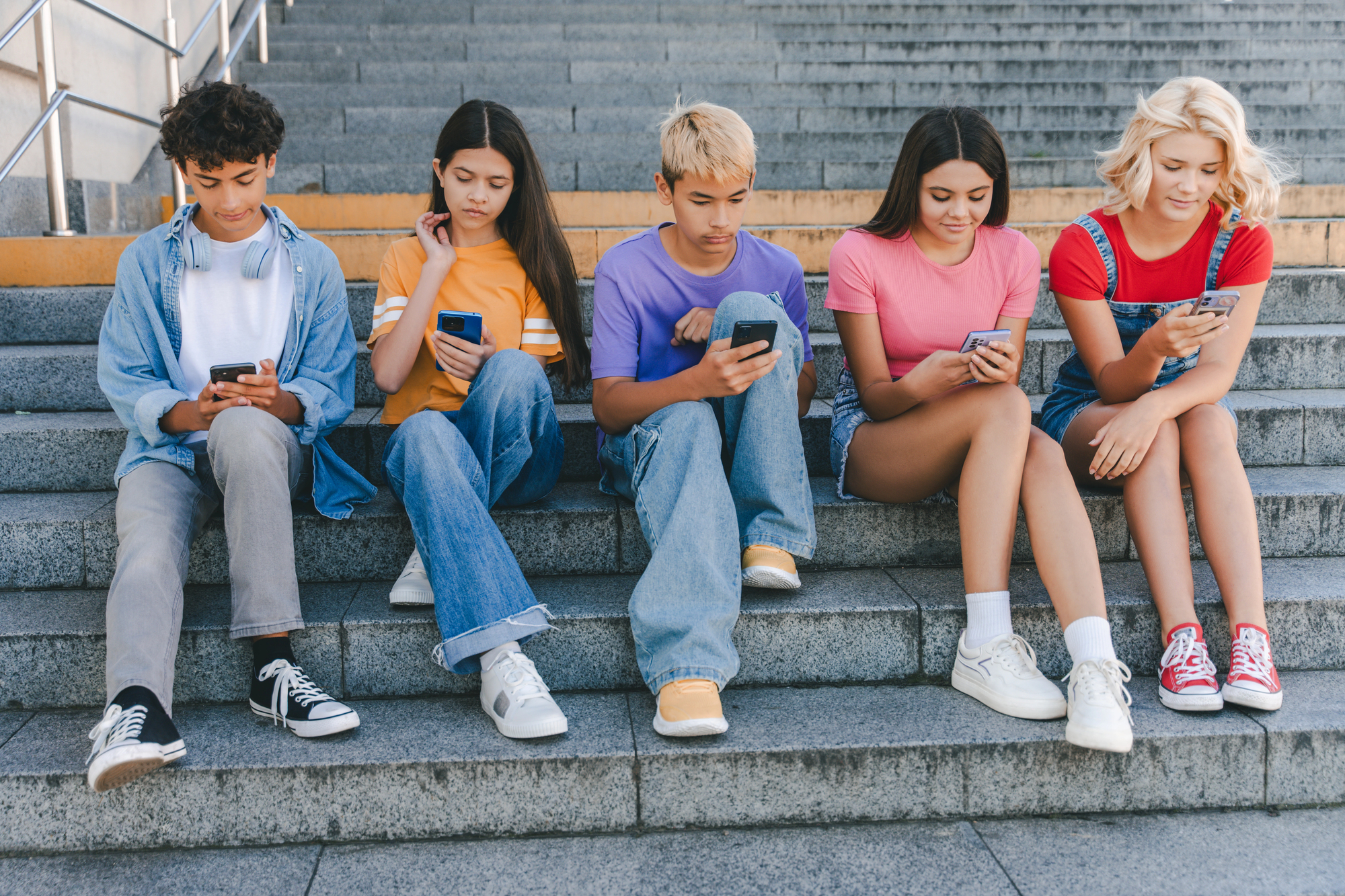New research by the GambleAware charity shows that influencers on TikTok, YouTube and Twitch are driving unprecedented exposure to gambling content among UK children.
And it’s a trend that is raising regulatory and commercial risks for operators globally.
The survey, conducted for GambleAware by consultancy and research organisation Social Finance, involved 634 UK children and young people and it found that 87 percent of respondents had encountered gambling-related content online.
Platforms such as TikTok, Twitch, YouTube, Instagram and Kick were frequently cited.
The most commonly reported content was adverts from gambling companies for platforms or games, followed by adverts offering promotions like free bets/spins or £5 free. Half of all the children surveyed reported seeing these.
“Consistent exposure to influencer-driven gambling content normalises gambling among school-aged children. And we know early exposure increases the risk of harm later in life” — Zoë Osmond, GambleAware.
Creating and Cultivating Curiosity
The survey revealed the powerful influence of influencer marketing over this age group.
More than one-in-six respondents reported seeing content creators advertise gambling. Almost one-in-five reported seeing content creators discuss their own gambling activities.
Another 16 percent of the children reported seeing content creators sharing links and sign-up codes for gambling operators, and 14 percent said they’d seen them sharing tips and tricks on how to gamble.
Almost half of the respondents, who followed these creators, believed themselves to be influenced by them. And some reported acting on this influence by using promotional codes and visiting gambling websites mentioned by the creators.
Researchers concluded: “This suggests influencer marketing does not merely expose young people to gambling but actively cultivates engagement and curiosity.”
Expanding Exposure
The findings are compounded by rising online activity.
Between 95 and 99 percent of 13- to 17-year-olds own mobile phones. With average screen time of 4.5 hours daily–with heavy users exceeding 10-hours–, the opportunities for underage exposure are multiplying rapidly.
At those levels, according to GambleAware’s findings, one-in-three young people follow gambling-related creators.
“Children continue to be exposed to gambling content due to blurred boundaries between paid, editorial and user-generated content; algorithm-driven echo chambers; and inconsistent cross-border regulation”
The study also found a notable link between the time young people spend playing video or online games, and their exposure to online gambling-related content.

Those who engage in gaming for longer periods were more likely to encounter gambling content, particularly through creators who focus on or frequently discuss gambling, the report found.
This effectively widens the “exposure window” where digital marketing intersects with underage audiences.
Blurred Lines, Global Trend
This is not the first study to highlight these concerns.
Many other reports have found that marketing is intensive and normalises gambling for children, with novel techniques (influencer content, “content marketing”, gamified ads) making it harder for children to recognise ads.
A 2024 Australian study, for example, examined influencer marketing in particular and how young people perceive it. It found that influencers often make gambling appear ‘fun’ and aspirational, blurring the line between entertainment and promotion, while sharing sign-up codes and tips.
Age-Gating Just Not Working
Zoë Osmond OBE, CEO of GambleAware, told iGF that current protections are failing
“Based on our research, we believe that age-gating is not working,” she told this reporter.
“Children continue to be exposed to gambling content due to blurred boundaries between paid, editorial and user-generated content; algorithm-driven echo chambers; and inconsistent cross-border regulation.”
Osmond added: “Digital technology has transformed how children and young people consume content, with mobile phone ownership widespread and many spending hours daily on social media.

“Consistent exposure to influencer-driven gambling content normalises gambling among school-aged children. And we know early exposure increases the risk of harm later in life.”
A significant tranche of the underground’s estimated US$714 billion (£564bn) in illicit annual revenue is driven by nefarious influencer marketing
Tighter Controls
The GambleAware leader called for urgent Government action “to catch up with the digital age” and she urged the Advertising Standards Authority (ASA) to restrict influencer-driven gambling promotions.
The ASA–the UK’s advertising regulator–has already taken steps.
Last week it revised its own guidelines, called the Committee of Advertising Practice code, or CAP code, to cover non-paid-for online marketing communications, including organic social media posts targeting UK consumers.
“The amendment ensures all marketing communications targeted at UK consumers by licensed gambling operators are regulated and held to account by the same body,” affirmed the ASA.
Badmarket Links
Nevertheless the ASA has very limited powers to control both licensed and unregulated operators.
A significant tranche of the underground’s estimated US$714 billion (£564bn) in illicit annual revenue is driven by nefarious influencer marketing.
And Influencer marketing is increasing globally.
A recent study in Sweden has found that around 80 percent of prominent influencers on Twitch, for instance, advertise illegal gambling sites.
Meanwhile, in the UK, research has found that significant numbers of gamblers–responsible for an estimated five million clicks a month–are being driven to unregulated gambling platforms by social media influencers.
Fortuitously, it is easier to crack down on influencers than off-shore gambling sites, as seen by recent actions against these Internet superstars in Brazil and Australia, where the Communications and Media Authority is threatening influencers with fines of AUS$59,400 (£29,100) to AUS$2.475 million (£1.2m) if they continue to “promote or publicise illegal online gambling services”.
Whether this will curb their pernicious influence and protect our children remains to be seen.




